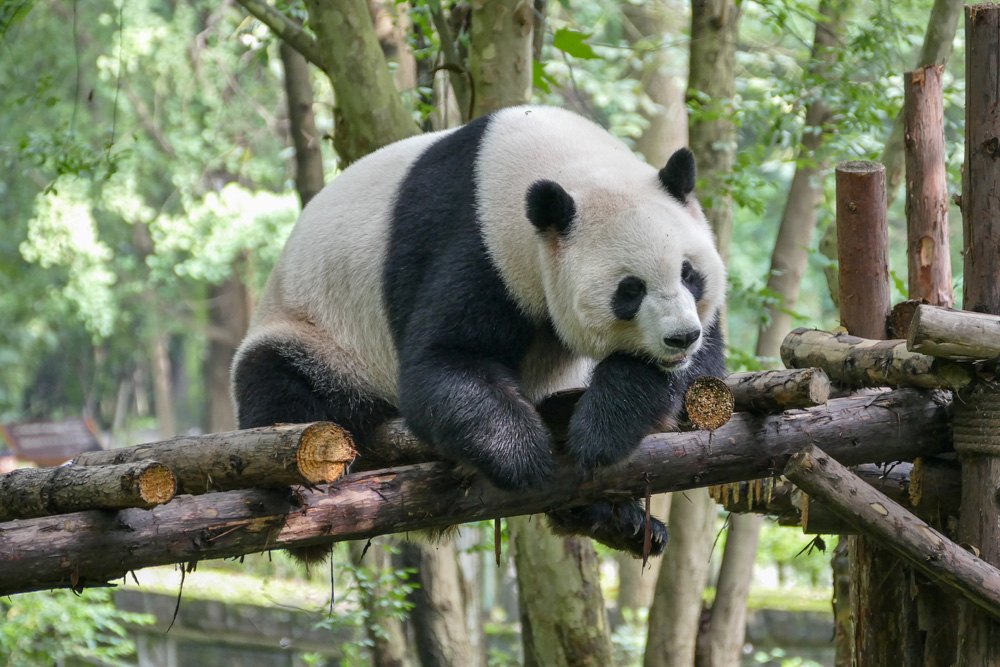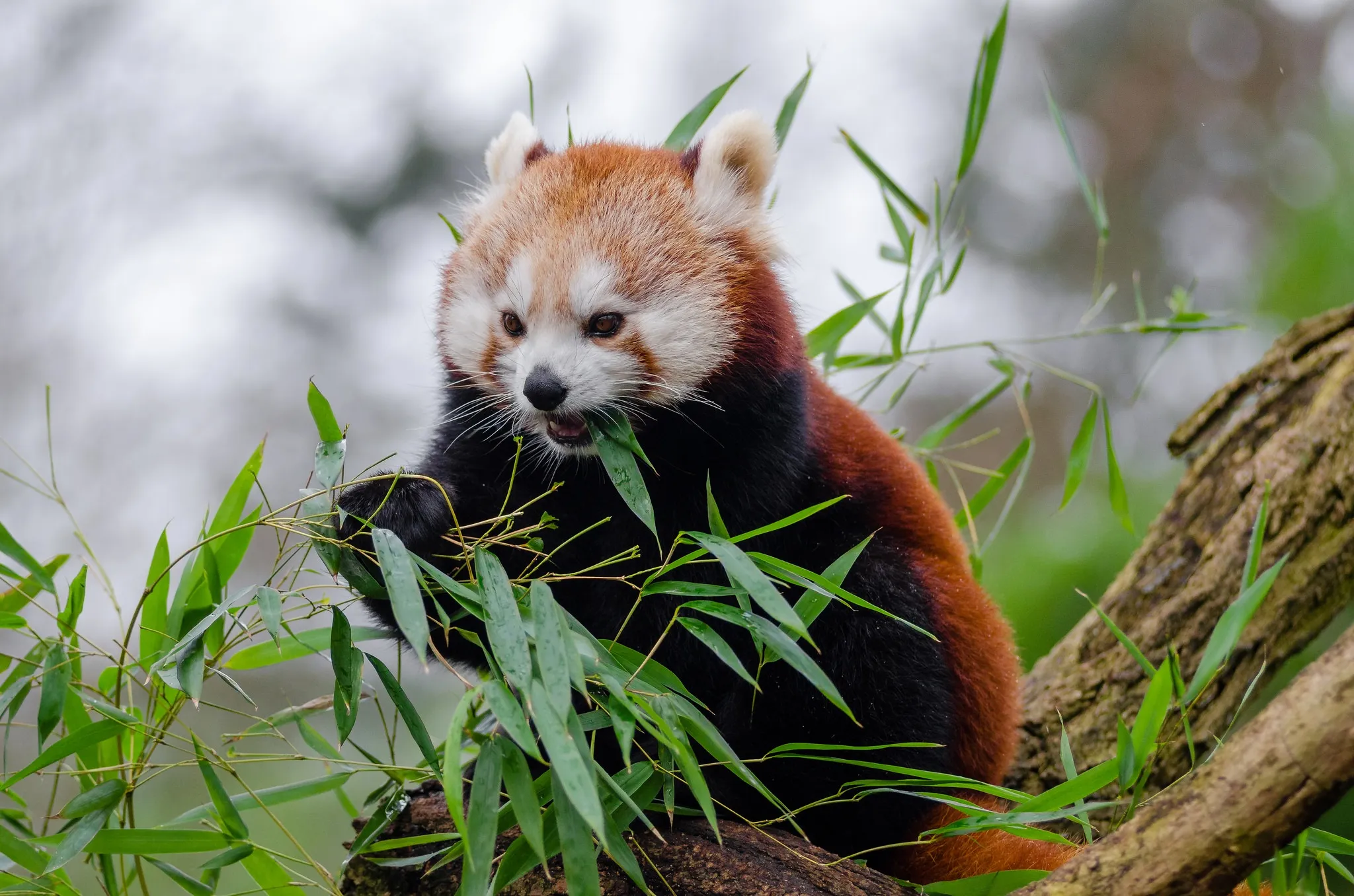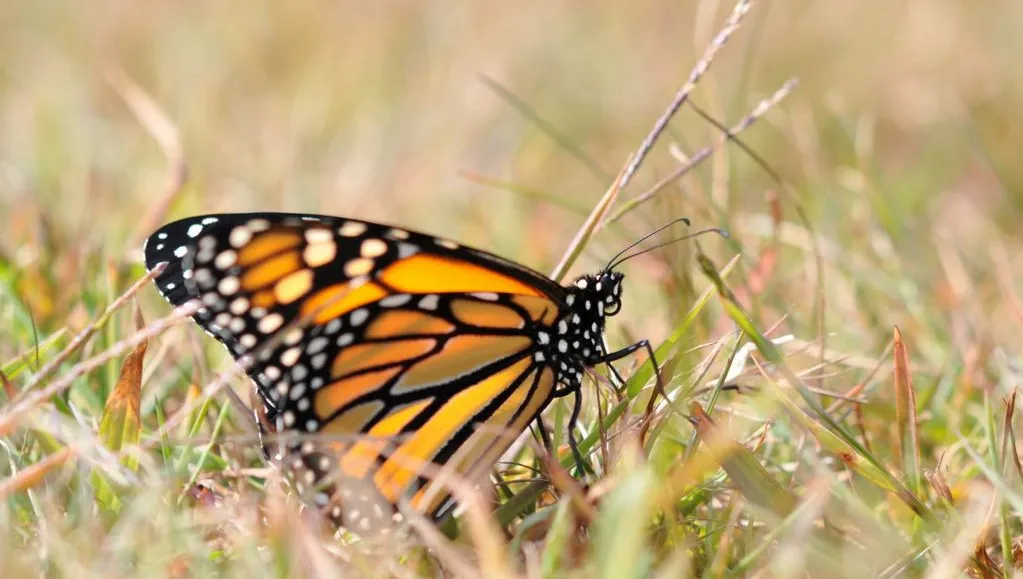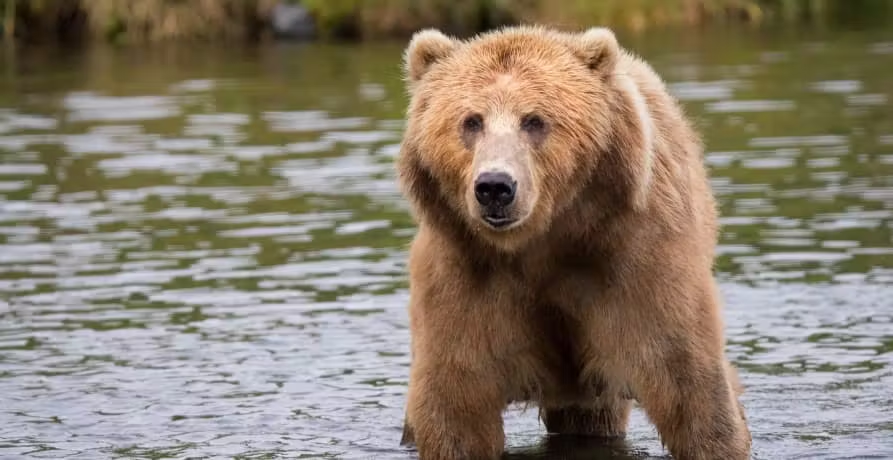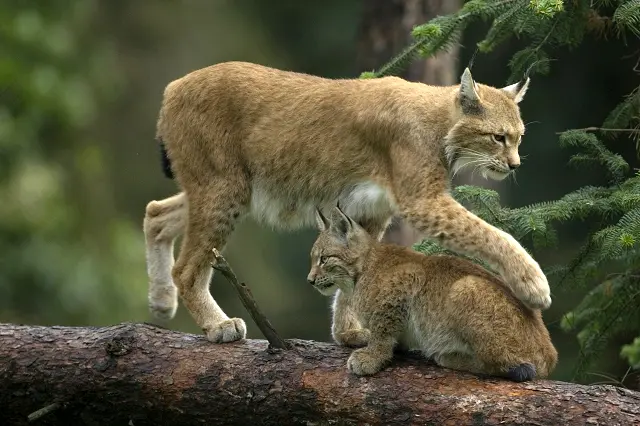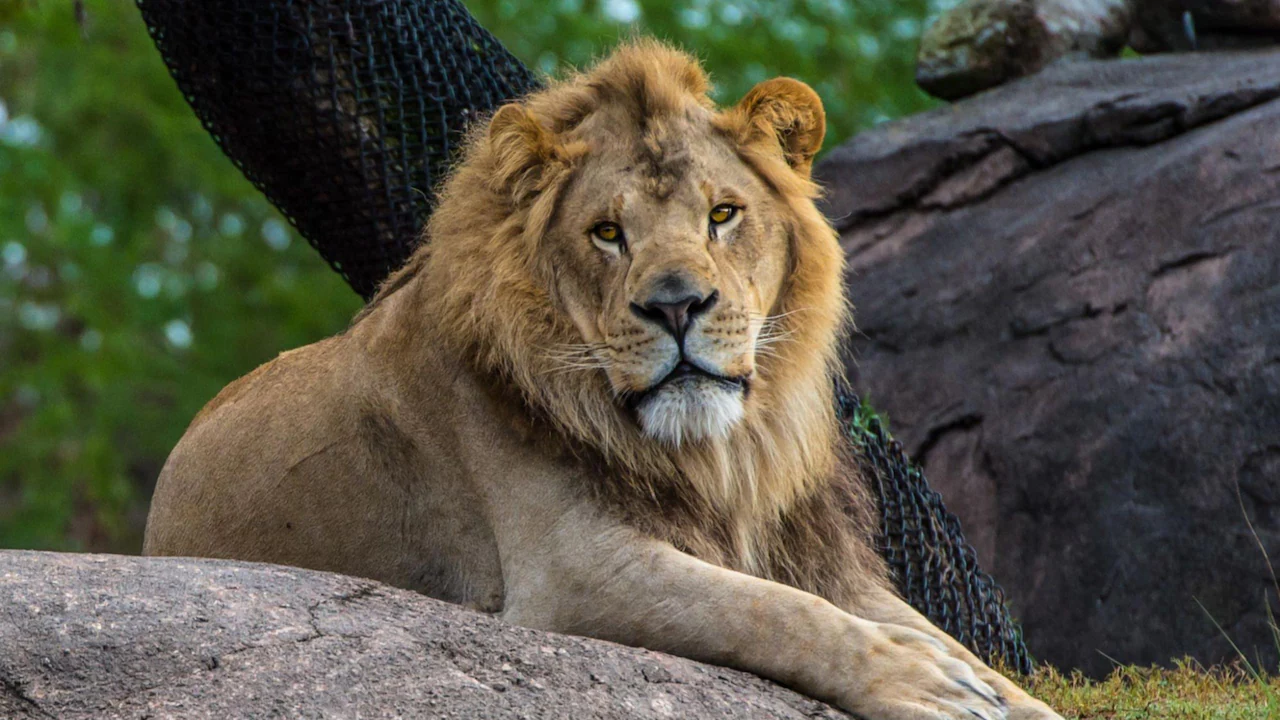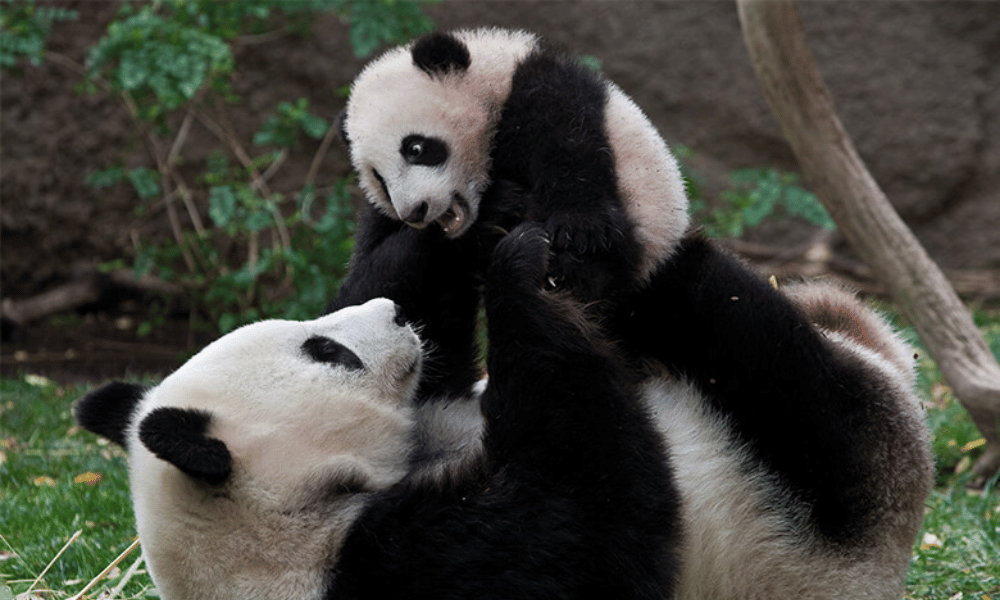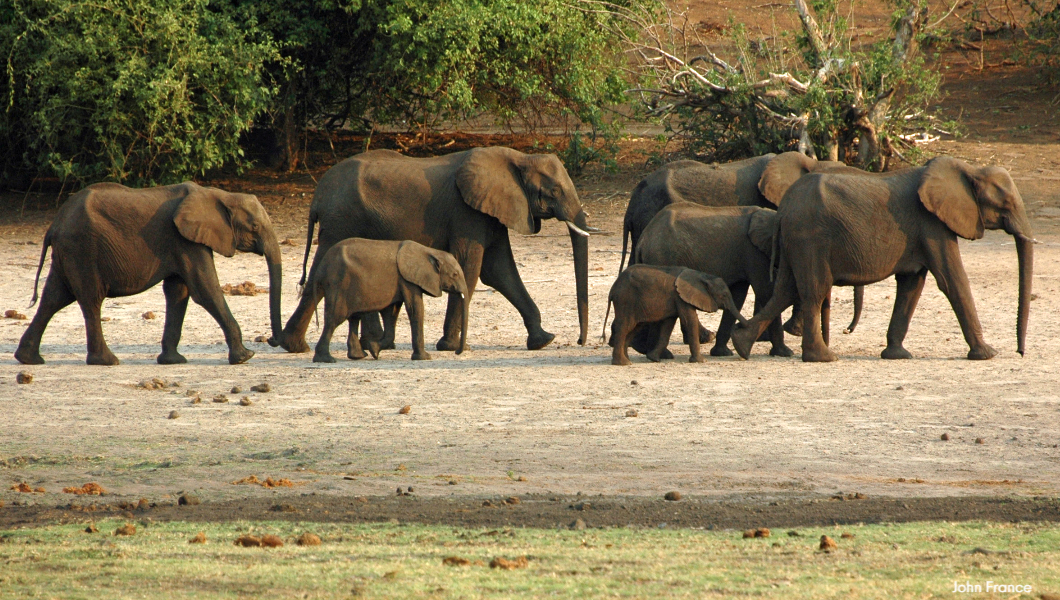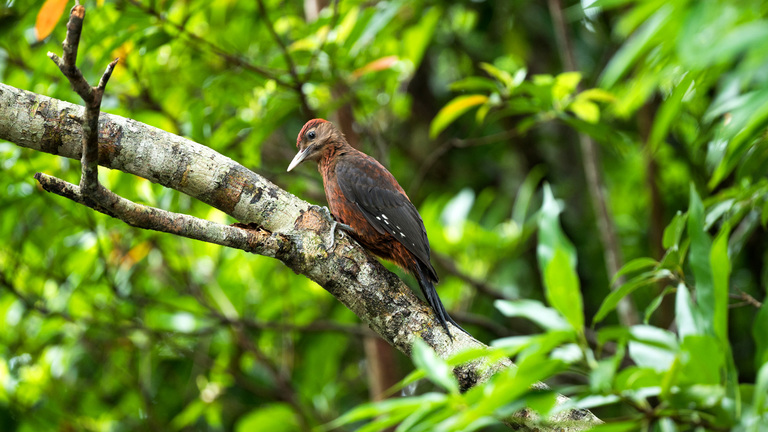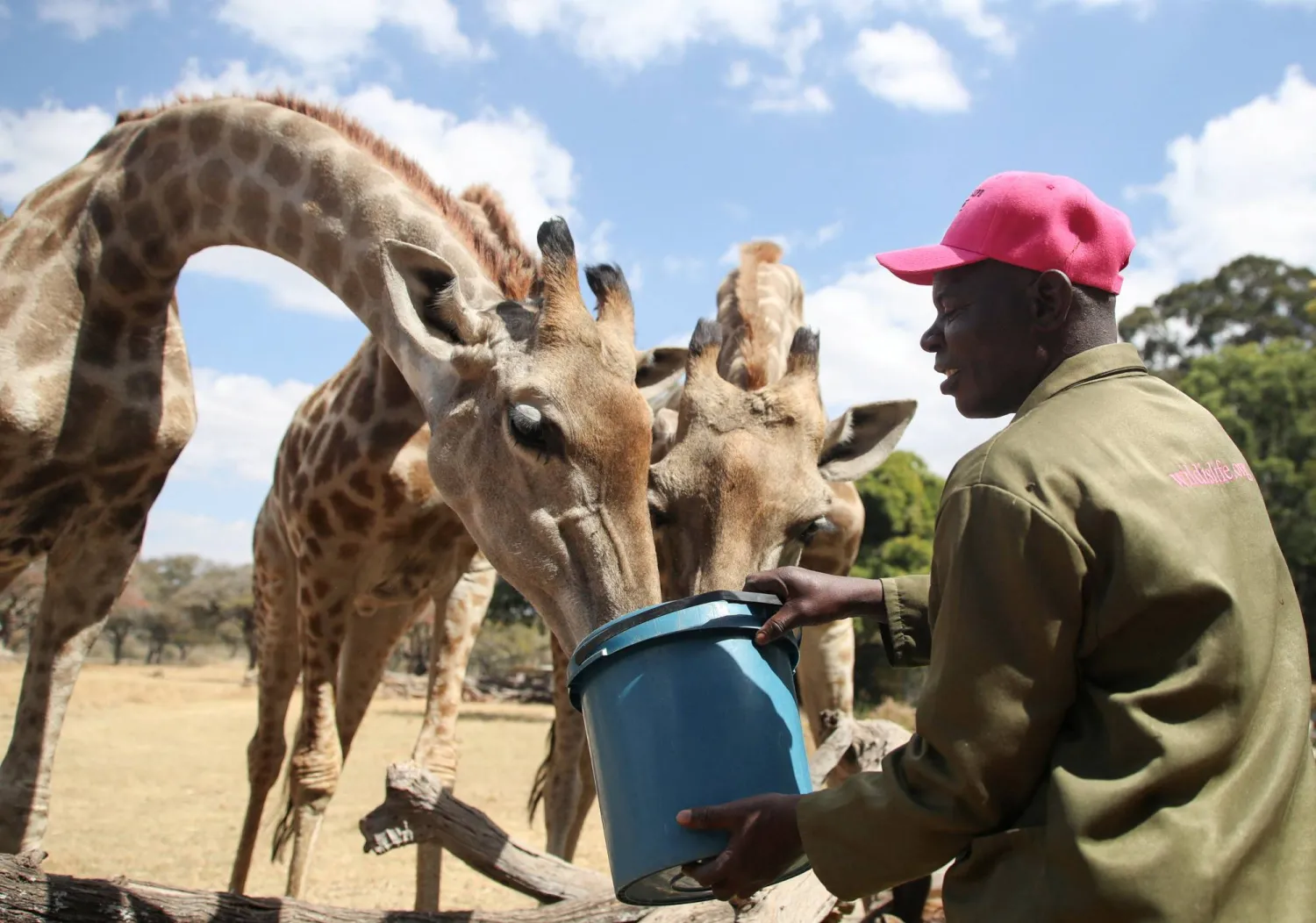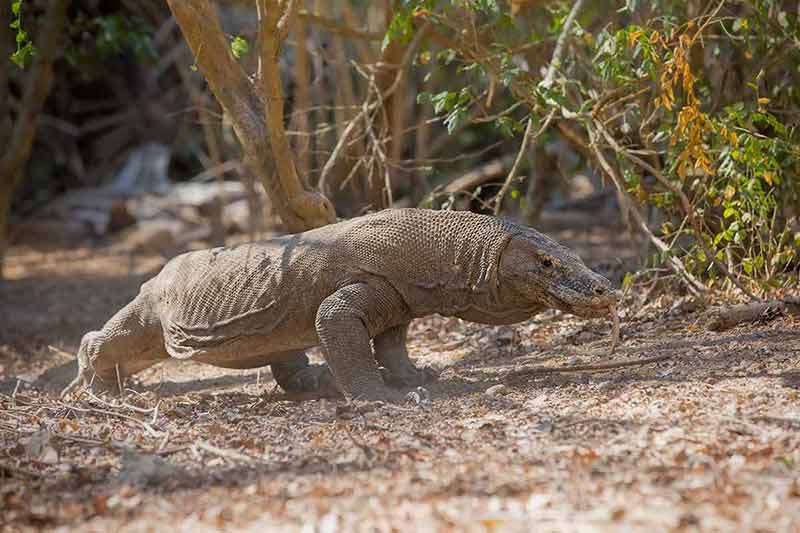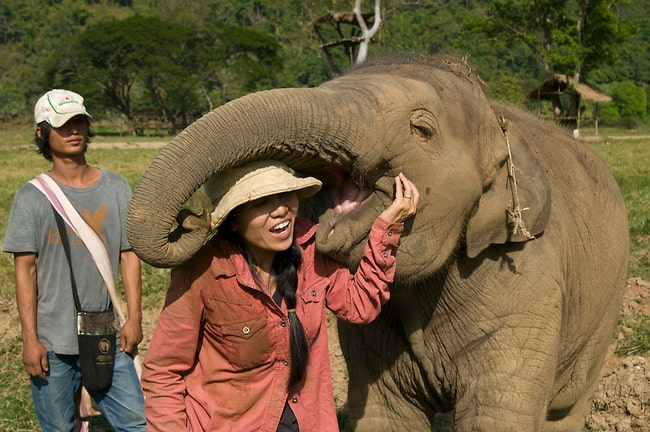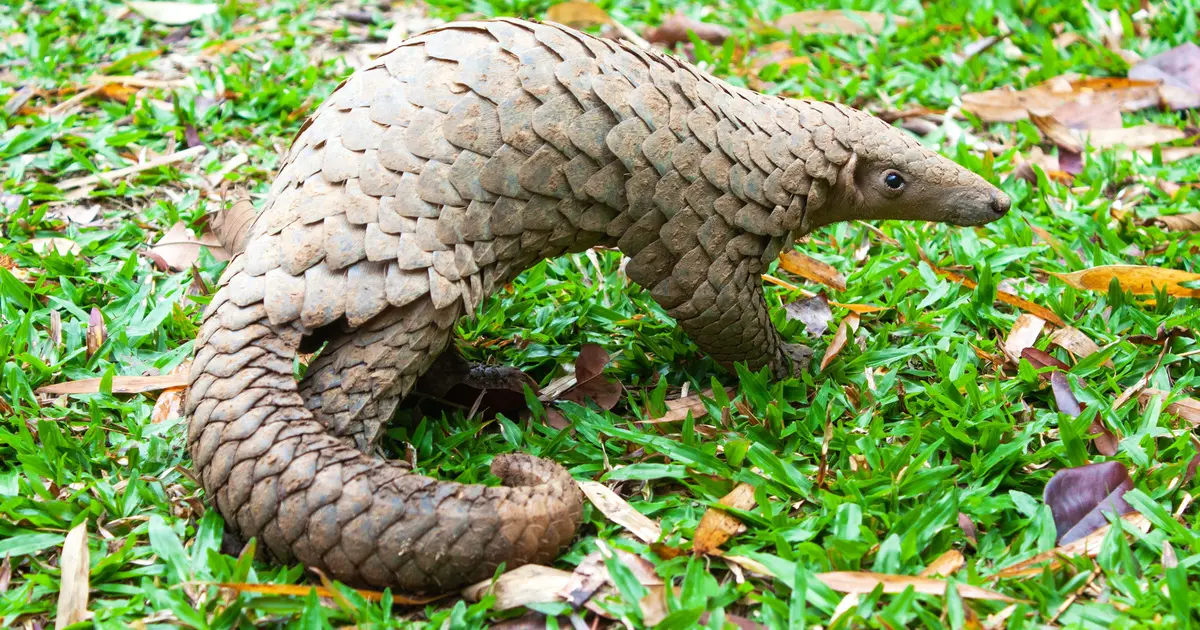Asia’s wilderness is a treasure trove of biodiversity, home to creatures that captivate the imagination with their beauty, strength, and quirks. From the misty rainforests of Borneo to the rugged Himalayas, the continent hosts a dazzling array of animals, each with a unique story. I’ll never forget my encounter with a curious red panda in a Bhutanese forest—its playful antics reminded me how vital it is to protect these remarkable species. This article explores seven wild and wonderful Asian animals, offering insights into their lives, habitats, and conservation challenges, all while sharing practical tips for experiencing and supporting their preservation.
Why Asia’s Wildlife Is Unique
Asia’s vast landscapes, ranging from tropical jungles to icy peaks, create a mosaic of habitats that support unparalleled biodiversity. These ecosystems house species found nowhere else, many of which face threats from habitat loss and climate change. Understanding these animals fosters a deeper connection to the natural world and inspires action to protect them.
The Importance of Biodiversity
Biodiversity in Asia isn’t just about beauty—it’s critical for ecological balance. Animals like orangutans and wild yaks play key roles in seed dispersal and maintaining grasslands, respectively. By preserving these species, we safeguard entire ecosystems that humans and wildlife depend on. Let’s dive into the seven most fascinating Asian animals.
1. Orangutan: The Rainforest’s Gentle Giant
Orangutans, with their soulful eyes and reddish fur, are among Asia’s most iconic primates. Found in the rainforests of Borneo and Sumatra, these intelligent creatures spend most of their lives in trees. Posts on X highlight their role as “gardeners” of the forest, spreading seeds to maintain lush ecosystems, yet they face dire threats from deforestation.
Habitat and Behavior
Orangutans thrive in dense rainforests, building treetop nests each night. They’re solitary, with males and females meeting only to mate, and their intelligence rivals that of chimpanzees. Watching an orangutan swing gracefully through the canopy is a humbling reminder of nature’s ingenuity.
Conservation Challenges
Deforestation for palm oil plantations has slashed orangutan populations by over 50% in recent decades. Conservation groups like the Orangutan Foundation work tirelessly to protect their habitats. Supporting sustainable palm oil products is a practical way to help.
| Fact | Detail |
|---|---|
| Habitat | Borneo and Sumatra rainforests |
| Diet | Fruits, leaves, bark |
| Threat | Habitat loss, illegal pet trade |
Pro Tip: Visit Borneo’s Sepilok Orangutan Rehabilitation Centre to see conservation in action.
2. Snow Leopard: The Ghost of the Mountains
Snow leopards, elusive and majestic, roam the high altitudes of the Himalayas and Central Asia. Their thick, spotted fur blends perfectly with snowy peaks, earning them the nickname “ghost of the mountains.” I once trekked in Ladakh, hoping for a glimpse, only to learn their camouflage is as legendary as their grace.
Adaptations for Survival
Snow leopards are built for extreme environments, with powerful legs for leaping up to 50 feet and a long tail for balance. They hunt ibex and blue sheep, often alone, under the cover of dusk. Their solitary nature makes sightings rare but unforgettable.
Conservation Efforts
With fewer than 7,000 snow leopards left, poaching and habitat loss are major threats. The Snow Leopard Trust supports community-based conservation, offering livestock insurance to reduce human-wildlife conflict. Eco-tourism in regions like Hemis National Park aids their protection.
Pros and Cons of Snow Leopard Tourism
Pros:
- Funds conservation efforts.
- Raises awareness of their plight.
- Supports local economies.
Cons: - Risk of disturbing habitats.
- Potential for unethical tour operators.
- Limited sightings due to their elusive nature.
3. Asian Elephant: The Gentle Titan
Asian elephants, smaller than their African cousins, are cultural icons across India, Thailand, and Sri Lanka. Their intelligence and social bonds make them beloved, but I’ll never forget seeing a herd in Sri Lanka’s Yala National Park—dusty, majestic, and fiercely protective of their young.
Social Structure and Diet
These elephants live in matriarchal herds, with females leading and teaching younger members. They consume up to 300 pounds of vegetation daily, shaping forests by clearing paths. Their trunks, capable of delicate tasks, are a marvel of evolution.
Where to See Asian Elephants
Ethical sanctuaries like Thailand’s Elephant Nature Park offer opportunities to observe elephants without supporting harmful practices like riding. Avoid attractions that exploit elephants for entertainment, and opt for conservation-focused experiences.
| Sanctuary | Location | Focus |
|---|---|---|
| Elephant Nature Park | Thailand | Rehabilitation, ethical tourism |
| Udawalawe Elephant Transit Home | Sri Lanka | Orphaned elephant care |
4. Red Panda: The Forest’s Furry Acrobat
Red pandas, with their rust-colored fur and bushy tails, look like a cross between a fox and a raccoon. Native to the eastern Himalayas and southern China, they charmed me during my Bhutan trip with their playful tree-climbing antics.
Unique Traits
Red pandas are nocturnal, spending days curled up in tree branches. They primarily eat bamboo, supplemented by fruits and insects. Their “false thumb”—an extended wrist bone—helps them grip branches with ease.
Conservation Needs
Habitat loss and poaching threaten red pandas, with only about 10,000 remaining in the wild. The Red Panda Network plants trees and trains local “forest guardians” to protect their habitats. Adopting a red panda symbolically can fund these efforts.
Best Tools for Supporting Red Panda Conservation
- Donate to the Red Panda Network for reforestation.
- Use apps like Ecosia, a search engine that plants trees with ad revenue.
- Follow conservation updates via the WWF’s wildlife app.
5. Binturong: The Bearcat with a Prehensile Tail
The binturong, or bearcat, is a quirky omnivore found in South and Southeast Asia. Its bear-like face and prehensile tail make it a standout, and posts on X note its role in seed dispersal, vital for forest regeneration.
Unusual Features
Binturongs have a distinctive popcorn-like scent, used to mark territory. Their prehensile tails act like a fifth limb, aiding tree navigation. Despite sharp claws, they’re docile unless provoked, making them a hidden gem of Asia’s forests.
Where to Learn More
Zoos like Singapore Zoo often house binturongs, offering educational programs. Online resources from the World Wildlife Fund provide insights into their ecological role. Avoid pet trade markets, as binturongs suffer in captivity.
6. Indian Gaur: The Mighty Bovine
The Indian gaur, or Indian bison, is the world’s largest wild cattle species, native to South and Southeast Asia. Its sheer size—up to 8 feet tall and a ton in weight—left me awestruck when I spotted one in India’s Western Ghats.
Habitat and Role
Gaurs graze in forests and grasslands, maintaining vegetation balance. They live in small herds, led by a dominant male, and their presence supports predators like tigers. Their strength makes them a symbol of raw power.
Conservation Status
Hunting and habitat fragmentation threaten gaurs, though protected areas like India’s Bandipur National Park offer refuge. Supporting parks through eco-tourism or donations to Wildlife Conservation Society helps ensure their survival.
| Threat | Impact | Solution |
|---|---|---|
| Habitat Loss | Reduced grazing areas | Reforestation, protected reserves |
| Poaching | Population decline | Anti-poaching patrols |
7. Wild Yak: The Himalayan Survivor
Wild yaks, massive bovines of the Himalayas, are built for life at extreme altitudes. Their shaggy coats and powerful frames help them endure harsh winters, as noted in posts on X.
Adaptations and Diet
Wild yaks graze on sparse high-altitude grasses, surviving where few animals can. Their large lungs and thick fur protect against freezing temperatures. Seeing a yak herd against a Himalayan backdrop is a bucket-list moment.
Conservation and Tourism
With fewer than 10,000 wild yaks left, grazing competition with livestock is a major threat. The International Yak Association promotes sustainable herding practices. Trekking in Tibet’s Changtang Plateau offers a chance to see them responsibly.
Pros and Cons of Yak Conservation Tourism
Pros:
- Funds habitat protection.
- Encourages sustainable herding.
- Educates visitors.
Cons: - Risk of disturbing grazing patterns.
- Limited access due to remote locations.
Comparing Asia’s Iconic Animals
| Animal | Habitat | Unique Trait | Conservation Status |
|---|---|---|---|
| Orangutan | Rainforests | Intelligence, seed dispersal | Critically endangered |
| Snow Leopard | Himalayas | Camouflage, leaping ability | Vulnerable |
| Asian Elephant | Forests | Social bonds, trunk dexterity | Endangered |
| Red Panda | Eastern Himalayas | False thumb, bamboo diet | Endangered |
| Binturong | South Asia forests | Prehensile tail, popcorn scent | Vulnerable |
| Indian Gaur | Grasslands | Largest wild cattle | Vulnerable |
| Wild Yak | Himalayas | High-altitude survival | Vulnerable |
People Also Ask (PAA)
What is the rarest animal in Asia?
The Saola, a bovine-like creature in Vietnam and Laos, is one of Asia’s rarest, with fewer than 750 left. Its elusive nature makes conservation challenging, but efforts by the Saola Working Group aim to protect it.
Where can I see wild animals in Asia?
National parks like India’s Kaziranga, Malaysia’s Taman Negara, and Nepal’s Chitwan offer safe wildlife viewing. Always choose ethical operators certified by organizations like the Global Sustainable Tourism Council.
What are the biggest threats to Asian wildlife?
Habitat loss, poaching, and climate change are the primary threats. Supporting conservation NGOs and sustainable products helps mitigate these risks.
How can I help conserve Asian animals?
Donate to reputable organizations, choose sustainable products, and participate in eco-tourism. Apps like WWF Together provide updates on conservation efforts.
FAQ Section
What makes Asian animals unique?
Asia’s animals are diverse due to varied habitats, from rainforests to mountains. Species like orangutans and snow leopards have evolved unique adaptations, making them critical to their ecosystems.
Where can I learn about Asian wildlife?
Visit websites like World Wildlife Fund or take virtual tours on National Geographic. Local zoos with conservation programs also offer educational resources.
What are the best conservation organizations for Asian animals?
The WWF, Snow Leopard Trust, and Orangutan Foundation are highly reputable. They focus on habitat protection, anti-poaching, and community engagement.
How can I see Asian animals ethically?
Choose sanctuaries like Elephant Nature Park or national parks with certified guides. Avoid attractions that exploit animals, such as elephant rides or tiger petting zoos.
Why are Asian animals endangered?
Deforestation, poaching, and human-wildlife conflict threaten many species. Conservation efforts and public awareness are critical to reversing these trends.
Final Thoughts: Celebrate and Protect Asia’s Wildlife
Asia’s wild and wonderful animals are a testament to nature’s creativity, from the acrobatic red panda to the mighty Indian gaur. My encounters with these creatures have deepened my appreciation for their role in our world. By supporting ethical tourism, donating to conservation groups, and making sustainable choices, we can ensure these species thrive for generations. Explore Asia’s national parks, engage with reputable NGOs, and let these animals inspire you to act. For more ways to help, visit WWF’s conservation page or download apps like Ecosia to support reforestation with every search.
